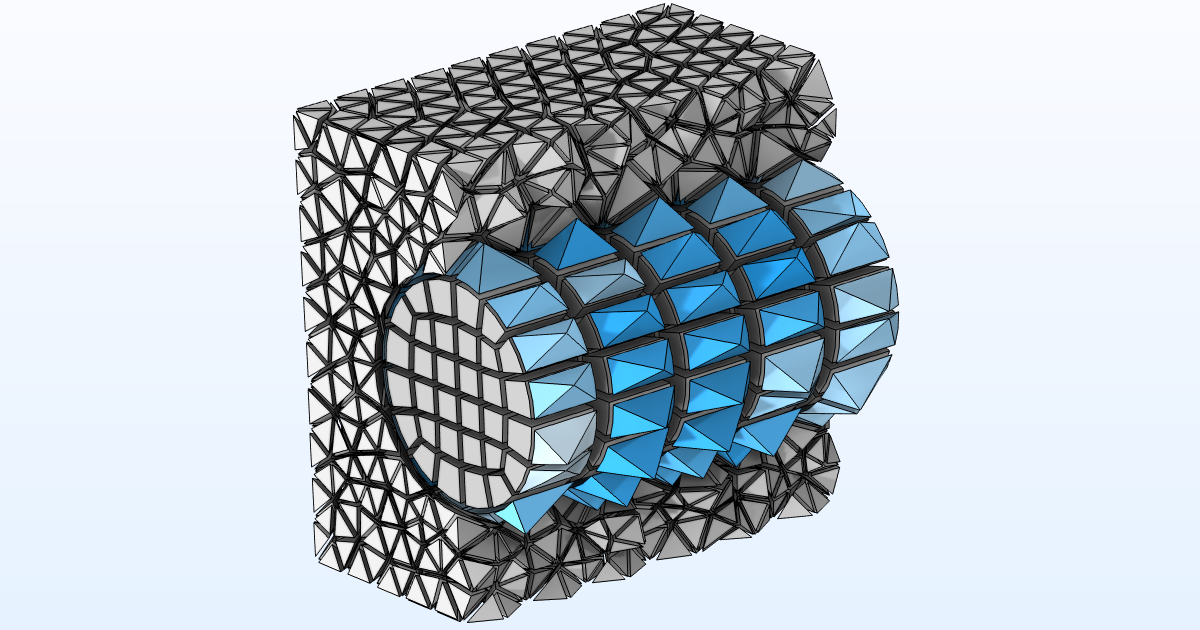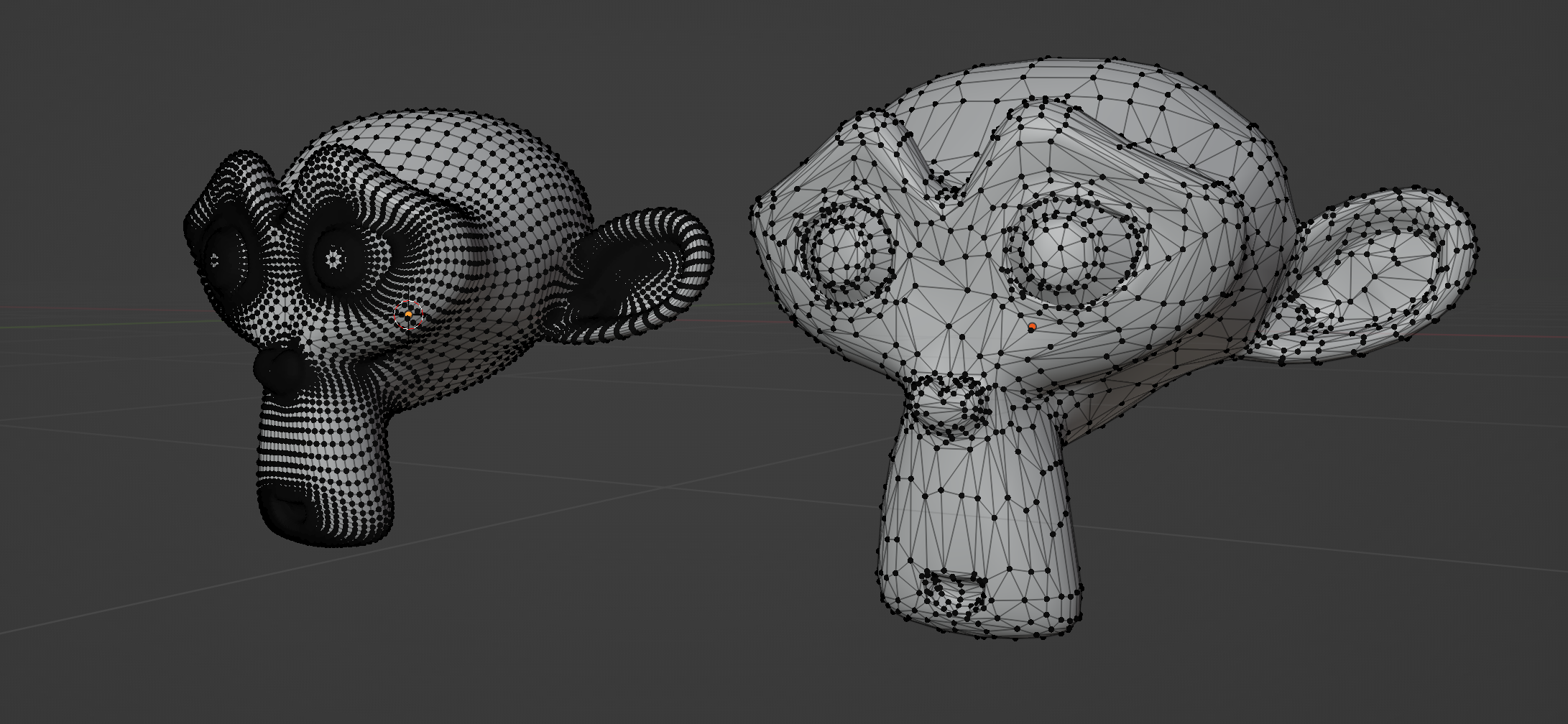The launch of Midas MeshFree 2024 R1 is a massive leap in the evolution of computational design and analysis tools for industries that strongly rely on precision and efficiency. Midas MeshFree 2024 R1 talks directly from the heart of what engineers and researchers have been looking for: tools that can speed up workflows and add precision to results, and this new version of Midas MeshFree does just that by bringing features, improvements, and updates that mark its difference from the older versions.
In the elaboration of this article, we shall undertake an all-rounded informative analysis of “Midas MeshFree 2024 R1 what’s new,” based on how such changes affect the lives of users in the United States as well as other parts of the world.
With proper interpretations, insights, and technical analyses, we will do more than just a summary. We are going to look into how the new features of Midas MeshFree 2024 R1 improve the user experience, efficiency, and capabilities for engineers, designers, and analysts, while incorporating it into the broader context of mesh-free analysis. Let’s get down to the details.
Contents
- 1 Introduction to Midas MeshFree and the IBM Algorithm
- 2 Midas MeshFree 2024 R1: What’s New?
- 2.1 Improved IBM Algorithm Performance
- 2.2 Expanded Material Library
- 2.3 Improved user interface and usability features
- 2.4 Support for Multi-Physics Simulations
- 2.5 Solver Capabilities and Parallel Processing
- 2.6 Advanced Topology Optimization Tools
- 2.7 Expanded Cloud Integration
- 2.8 Benefits of Using Midas MeshFree 2024 R1
- 3 Applications of Midas MeshFree 2024 R1:
- 4 Frequently Asked Questions About Midas MeshFree 2024 R1
- 5 Conclusion
- 6 Related Posts Like Midas MeshFree 2024 R1
Introduction to Midas MeshFree and the IBM Algorithm

Before delving into the specifics of Midas MeshFree 2024 R1, it’s pertinent to know what Midas MeshFree exactly is and why it has become so indispensable in the fields of structural, mechanical, and fluid analysis.
Midas MeshFree employs proprietary IBM technology that circumvents the process of creating actual meshes for moderately complex analysis jobs. While engineers typically require traditional FEA to define a mesh around the geometry of the object of interest due to its regularity, the result obtained using meshes is accurate enough, but creation can be quite time-consuming. So, especially for complex geometries or structures with many finer details, creation of such meshes may take a lot of time.
The IBM algorithm does not require this step to be performed. It therefore enables engineers to feed in their models and move on to the analysis process.
Such a marvel has various benefits, such as:
- Analysis time reduced: That is to say, since the process of analysis does not involve meshing, then what the user saves is his or her hours or even days spent preparing the models for analysis.
- Accurate: Although there is no step of creating meshes, the IBM algorithm assures very high accuracy of results, which can rival that found with the use of the traditional methods.
- Ease of use: With Midas MeshFree, one can literally jump into an analysis without ever having a care in the world about the mesh quality and the types of elements used, which is going to make it appealing for complex projects.
That said, let us now look at what is new in Midas MeshFree 2024 R1 and how it can further the capabilities.
Midas MeshFree 2024 R1: What’s New?

Latest version Midas MeshFree 2024 R1 has introduced a plethora of features, improved, and optimized in one way or another, so that they all fall into at least one of three categories: beginners, experienced engineers, and everything in between. Below, we are discussing all major updates individually, with insights and analysis of how each of them works in practice.
Improved IBM Algorithm Performance
Implicit Boundary Method has always been a Midas MeshFree software package constituent, but, starting with the 2024 R1 update, the algorithm is optimized further. Improvements focus on the following:
- Improved computational efficiency: The updated IBM algorithm introduced with Midas MeshFree 2024 R1 works much faster on complex geometries, reducing the overall computation time in a completely accurate manner. Big and complex models of the aerospace, automotive, and civil engineering industries require quick analysis within strict timeframes.
- More accurate nonlinear problems: The algorithm does the nonlinear analysis in a more proficient manner; it allows the user to obtain quicker, more accurate results on complex materials and structural behaviors. This is important for the designer working with materials which exhibit nonlinear behavior, such as rubber, plastics, and very elastic metals.
These performance improvements make Midas MeshFree 2024 R1 a more effective tool for real-world situations where the factors of time and accuracy prevail.
Expanded Material Library
The 2024 R1 extended material library in this new version contains many material models and properties from various scope industry-acceptable fields. The key extensions are:
- New types of materials: Midas MeshFree 2024 R1 supports an even higher number of materials found in high-tech industries such as advanced composites, ceramics, and high-performance alloys. This leads to simulations that can be more accurate to allow for persons using this technology in aerospace, defense, and other energy-related use.
- Customization material properties: The ability to input detailed and customized material properties, such as thermal conductivity, yield strength, fatigue limits, etc., is now available. With that, engineers will be able to simulate with a higher degree of accuracy and reliability the behavior of the materials under those conditions.
Improved user interface and usability features
On the aspect of user feedback, Midas MeshFree 2024 R1 has improved several aspects on the UI that help engineers and designers work more easily and intuitively.
- Composed workflow: The UI is now composed of a more logical flow of work from model setup to analysis where unnecessary steps have been removed. This reduces the learning curve for new users while getting better work out of professionals with experience.
- Enhanced Visualization Tools: Midas MeshFree offers enhanced visualization tools. With improved colors, rendering of 3D, and customizable views, users can actually focus on the important aspects of their model.
- Context-sensitive help: A new context-sensitive help system provides access to relevant documentation and tutorials on the task currently being performed. This is particularly beneficial for new users or those unfamiliar with certain aspects of the software.
Support for Multi-Physics Simulations
The most exciting new feature in Midas MeshFree 2024 R1 is the enhancement of multi-physics simulations. Multi-physics simulations allow engineers to do the analysis in one model about how different physical phenomena (such as thermal, structural, and fluid dynamics) interact. Among the main improvements are:
- Coupled thermal-structural analysis: The user can now simulate, in real time, how the temperature change effects structural integrity in a study application in the industries of electronics, automotive and energy, where the management of heat is a critical part of the application.
- Fluid-structure interaction (FSI): The upgraded version now integrates enhanced tools for simulating fluid interactions with solid structures to achieve higher accuracy analyses in specific sectors of aerospace, marine engineering, and biomedical devices.
New opportunities for engineers to solve more demanding problems appear with the possibility to perform multi-physics simulations within a mesh-free environment rather than being bound by classical meshing constraints.
Solver Capabilities and Parallel Processing
In Midas MeshFree 2024 R1, again significant development concerns the upgrading of solver capabilities:
- Faster solvers for linear and nonlinear problems: Midas MeshFree’s solvers have now been optimized both for linear and nonlinear analysis, making solutions faster even when large datasets are involved in complex models.
- Fully supported parallel processing: The solvers also fully support parallel processing, so users now get to take advantage of multi-core processors to speed up their analyses. This is particularly beneficial for the user who runs massive simulations on high-performance computing systems.
These advances make Midas MeshFree 2024 R1 one of the most efficient and fastest mesh-free analysis tools in the world.
Advanced Topology Optimization Tools
Topology optimization is really a powerful feature, by which engineers can optimize the design of a structure according to specific constraints and performance criteria. Midas MeshFree 2024 R1 introduces advanced topology optimization tools such as:
- Support for complex geometries: Newly added topology optimization tools support much more complex geometries and therefore it is easier to optimize parts with intricate shapes or features.
- Real-time optimization feedback: Now, it’s possible to receive real time feedback on how a variation in the model would impact the overall performance, thus fastening iterations and allowing for much faster design cycles.
Expanded Cloud Integration
Cloud computing is increasingly being involved in engineering analysis work, and the updated Midas MeshFree 2024 R1 takes into account this trend with increased capabilities related to cloud integration. Some of these include:
- Access to solvers through the cloud: This means users can run their analyses within the cloud environment, freeing up local resources and computer time for large simulations that require more computing power.
- Team collaboration tools: It also supports smooth collaboration between teams; users can share models and results in real-time at different locations.
Benefits of Using Midas MeshFree 2024 R1
The new features and enhancements of Midas MeshFree 2024 R1 provide many benefits to engineers, designers, and analysts in various industries. Some key benefits include:
- Time saving: Removed the need for meshing; fast solver, as well as improved workflow, make analyses users faster and more efficient.
- Accurate and reliable: Improved IBM algorithm with the rich database of the material as well as multi-physics capabilities to give the customers more accurate and reliable results.
- Versatility: Complex geometries, user-defined material properties, and topology optimization make it unmatched for the users that handle diverse projects.
- Ease of use: Simplified user interface and context-sensitive help assure new users an easy start-up, whereas for others it can bring streamlined workflow and improved visualization tools.
Applications of Midas MeshFree 2024 R1:

The new developments in Midas MeshFree 2024 R1 make it an invaluable tool for a wide range of applications and industries. Examples and how the new functions can be applied to actuality scenarios would include:
Aerospace Engineering
It necessitates having immense precision and accuracy in both structural as well as fluid analysis. Enhanced solver capabilities coupled with fluid-structure interaction support, Midas MeshFree 2024 R1 will allow aerospace engineers to simulate aero forces in complex aerodynamic, optimize aircraft components for strength and weight.
Automotive Design
The Midas MeshFree 2024 R1 can be utilized by car designers to compute the effect of impact forces and thermal stresses on different components of a vehicle. It has more materials in its database than previous versions; thus, it allows the simulation of advanced materials like carbon fiber composites, which are popular for use in automotive designs.
Civil Engineering
Civil engineers can leverage Midas MeshFree 2024 R1 in order to run analyses on huge structures like bridges, buildings and dams. Due to its complex geometries and the possibility of running multi-physics simulations, it can be used ideal for designing structures exposed to various kinds of environmental factors, such as wind forces, water forces, and seismic forces.
Electronics and Thermal Management
Midas MeshFree 2024 R1 provides industries that require accurate thermal management solutions, especially in semiconductor and electronics, with tools for analyzing heat dissipation to optimize their cooling solutions. The coupling of thermal-structural analysis will allow engineers to predict temperature changes and predict the effects on the structural integrity of the components.
Frequently Asked Questions About Midas MeshFree 2024 R1
1. What is the greatest advantage of using Midas MeshFree over traditional FEA tools?
Midas MeshFree eliminates the need for meshing, thereby drastically reducing the hours and complexity of time required for an analysis without diminishing accuracy. This is highly advantageous for complex geometries that would be cumbersome or overly time-consuming to mesh using traditional tools like FEA tools.
2. Is Midas MeshFree 2024 R1 able to support multi-physics?
Yes, the 2024 R1 version allows multiple forms of multiphysics simulations, which enables users to analyze how different physical phenomena, such as structural, thermal, or fluid dynamics, interact and evolve with one model.
3. What industries are most affected by Midas MeshFree 2024 R1 upgrades?
The new features will hugely support many industries such as aerospace, automotive, civil engineering, or electronics for highly precise complex geometry or multi-physics simulation analysis applications.
4. Is Midas MeshFree 2024 R1 available for cloud-based analysis?
Since it hosts extended cloud integration, users can run analyses in the cloud, and freestreaming local resources leads to faster computation times.
5. How does the topology optimization feature of Midas MeshFree 2024 R1 work?
The recently introduced topology optimization tools in the software enable the engineer to optimize the structural design with regards to specified constraints and performance criteria. Users are provided with real-time feedback on how changes will be reflected in the model which will save time for the processes in design.
Conclusion
With the release of Midas MeshFree 2024 R1, this took one step closer into the realm of computational analysis toward new tools and innovations that ensure superiority in accuracy and efficiency of simulation. Among its features include the optimized IBM algorithm, an expanded material database, multi-physics support, advanced topology optimization, and cloud integration to adequately fulfill the demands of all engineers.
Midas MeshFree 2024 R1 frees up the need for generating mesh and intuition user interface for engineers so that they can spend more time concentrating on innovation and problem-solving over spending time in all the minutiæ of the entire process surrounding the analysis. Whatever is your area be it aerospace and automotive or anything else that requires accurate analysis, it is possible with Midas MeshFree 2024 R1.
Midas MeshFree 2024 R1 what’s new” is a must-read for any engineer interested in the art of being ahead of curve engineering analysis. While the numerous enhancements and new capabilities presented here will improve the users’ experience, it also pushes mesh-free analysis further than before.
Related Posts Like Midas MeshFree 2024 R1
What is Mass Tort Litigation 是什么
What is Key Signature for Decorator Livetune?





















+ There are no comments
Add yours